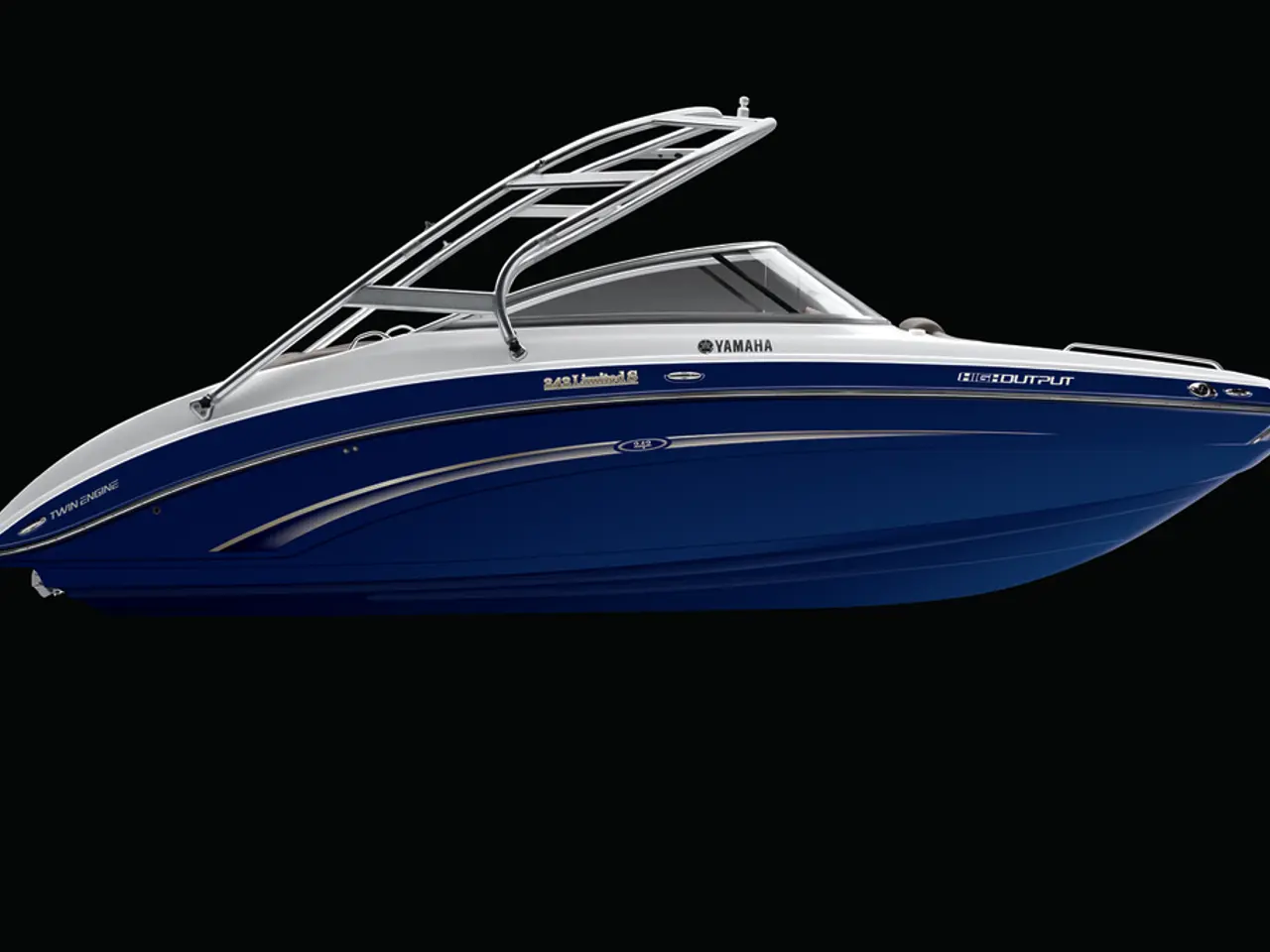Worst North Baltic Canal Year: 2024 Expects Historically Low Shipping Numbers
The Kiel Canal, a vital waterway connecting the North Sea and the Baltic Sea, is experiencing a decline in ship passages, according to recent figures.
The number of ships passing through the canal in 2023 has dropped below 25,000, a figure not seen since 1945. Shipbrokers Sartori & Berger and UCA United Canal Agency have reported a decrease of up to ten percent in ship passages this year.
The decline in ship passages can be attributed to several factors. Maritime incidents, such as ships running aground, have temporarily reduced traffic. There are also indications of broader shifts in international shipping and trade patterns that may be impacting the canal's traffic volume.
The middle ship size on the Kiel Canal is also progressively decreasing, suggesting a shift towards smaller vessels. This trend, coupled with the longer evaluation period for the figures in 2023 compared to previous years, points to a more complex picture of the canal's usage.
Pilotage fees for the around 300 canal pilots are calculated based on the number of ships, which may be affected by the decline in ship passages. The reliability of the canal, as stated by David-Christopher Müller, second elder of the NOKII pilotage association from Kiel, plays a significant role in the decision for the canal.
Infrastructure improvements are crucial for the future prospects of the Kiel Canal. The lock chamber in Brunsbüttel may face a three-month closure from May due to the need to renew rails for the gate undercarriages of a sliding gate. Once completed, this upgrade should improve the canal's operational efficiency.
Jens-Broder Knudsen, chairman of the Initiative Kiel Canal and managing director of the company Sartori & Berger, believes that if the expansion of the Kiel Canal is completed as planned and the speed limit can be lifted, the canal will become more attractive to shipowners again.
Monitoring international trade trends and improving canal navigation safety will be key drivers going forward. If the route around Skagen needs to be taken due to the lock chamber closure, as suggested by Knudsen, it will add to the operational challenges and costs for shipowners.
The traffic statistics for the Kiel Canal are still being analyzed by the General Directorate of Waterways and Shipping (GDWS), and no specific date has been provided for when the figures for the Kiel Canal's ship passages in 2023 will be presented to the public.
In conclusion, the decline in ship passages through Kiel Canal is a complex issue influenced by maritime accidents, broader shifts in international shipping and trade patterns, and possibly operational challenges. Future prospects depend on how these factors evolve, alongside any infrastructure or operational upgrades to improve safety and capacity.
The decline in the number of ships passing through the Kiel Canal in 2023 has brought back memories of the post-World War II era, with figures dropping below 25,000. This year, shipbrokers Sartori & Berger and UCA United Canal Agency have reported a decrease of up to ten percent in ship passages, potentially impacting the work of the around 300 canal pilots whose pilotage fees are based on the number of ships. On the other hand, the decrease in middle ship sizes on the Kiel Canal suggests a shift towards smaller vessels, a trend that could be related to changes in the sports of maritime transportation and trade.





